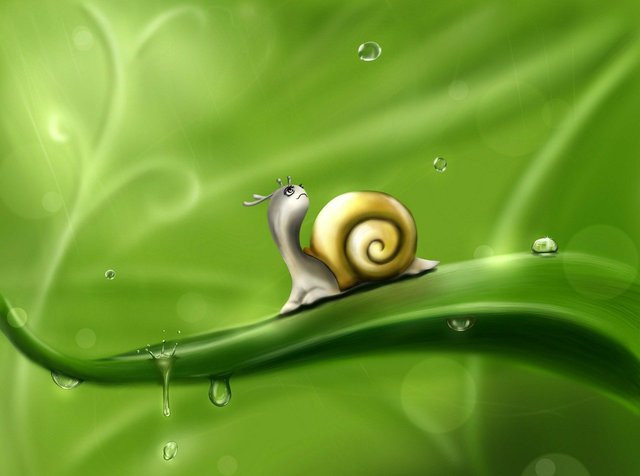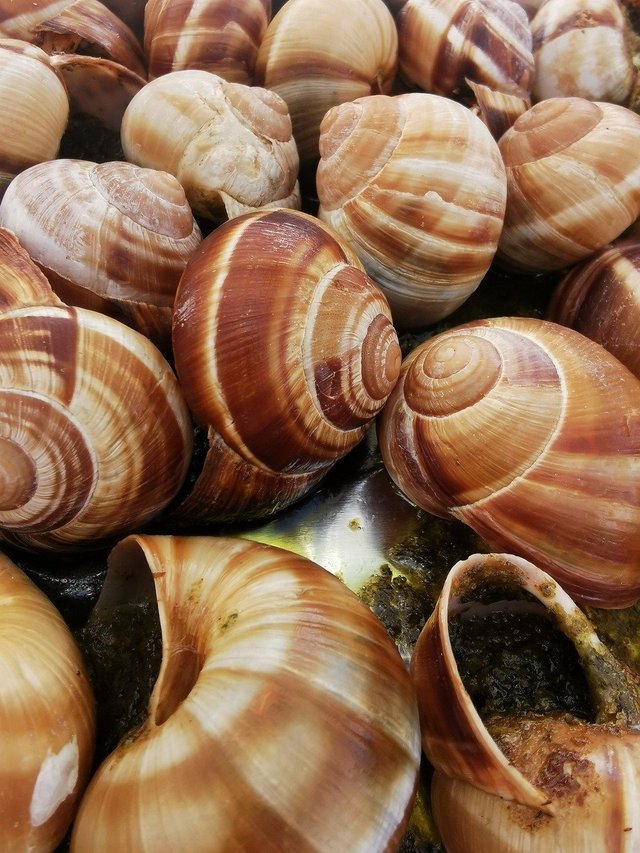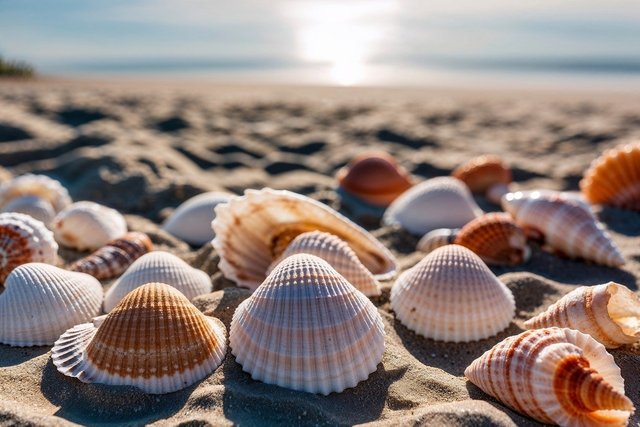We are in awe of nature's boundless diversity and beauty. Every one of its components contributes in some way to preserving the environment's equilibrium. The snail is one such tiny but amazing creature. It is a distinctive representation of nature because of its slow motion and tiny footprints on the ground. Despite their lack of visibility in our daily lives, snails have a significant environmental impact.

Source
Overview of snails
Small and soft-bodied, snails are shielded from predators by their shell. It is primarily herbivorous and prefers damp habitats. The environment and age of a snail determine how its shell develops. Their shell's vibrant color and spiral shape are amazing natural indicators.
The role of snails in boosting soil fertility
Because of the way they feed, snails contribute to the fertility of the soil. They consume organic stuff such as leaves and algae, which they then return to the soil as waste. Soil nutrients are increased via this procedure. Additionally, when they move across the earth's surface, snails release a particular kind of mucus that aids in retaining soil moisture.

Source
Snails' position in the food chain
An essential component of the food chain in nature are snails. It provides food for animals, frogs, birds, and other predators. Snails are essential to the natural food chain's equilibrium, and their absence disrupts this cycle.

Source
Snails' ecological role
In the natural environment, snails serve as cleansers. Dead plants, algae, and other organic debris are broken down by it, and it returns
Upvoted! Thank you for supporting witness @jswit.
Downvoting a post can decrease pending rewards and make it less visible. Common reasons:
Submit
Downvoting a post can decrease pending rewards and make it less visible. Common reasons:
Submit